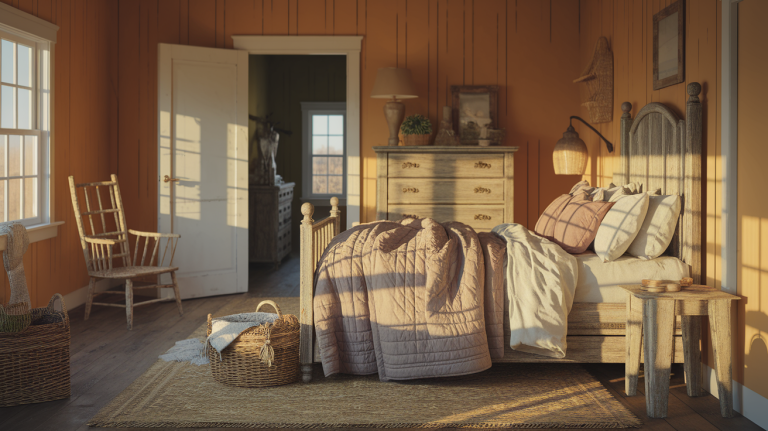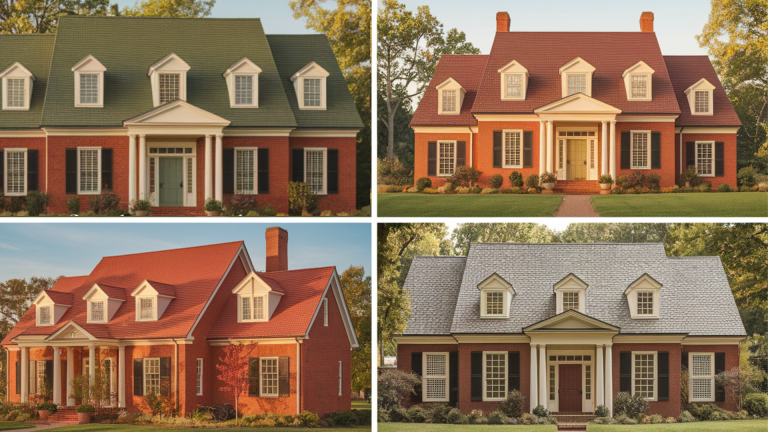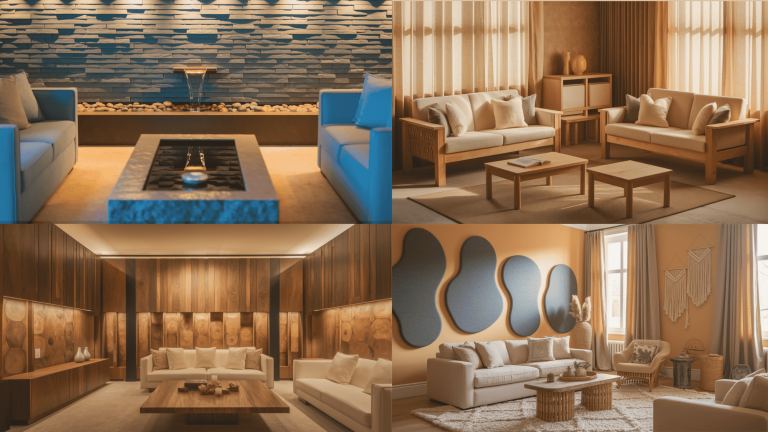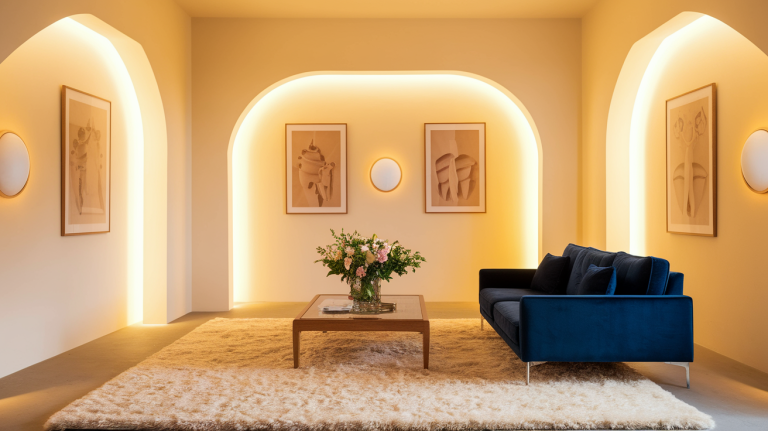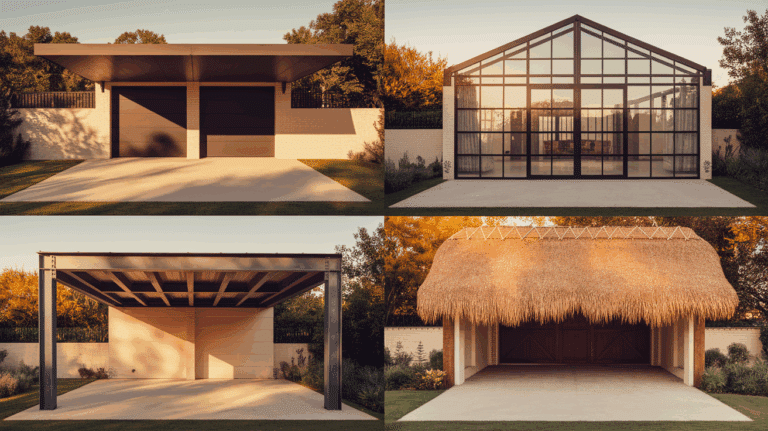Pros and Cons of Painting Ceiling Same Color as Walls
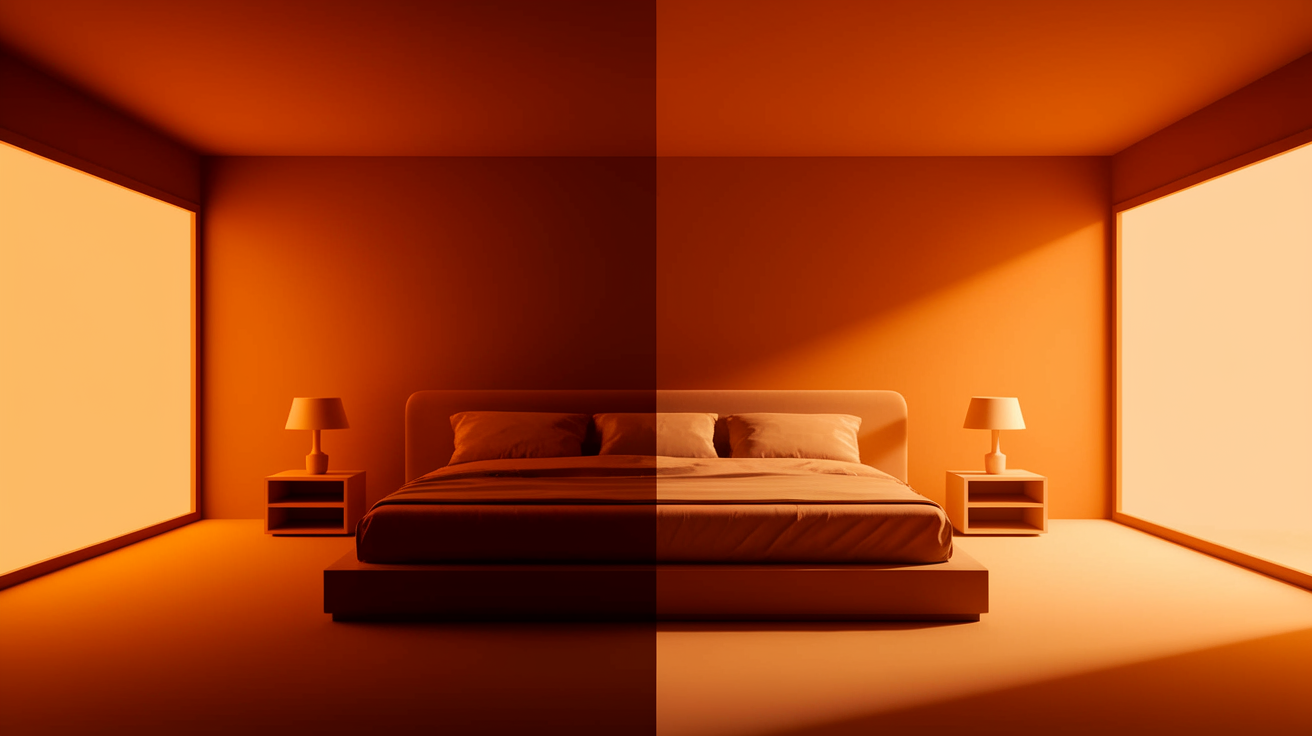
Choosing the right paint colors for a room affects how the space feels and looks. Many homeowners face a common question: Should the ceiling match the walls?
This decision seems small but can change a room’s entire look. The ceiling, often called the fifth wall, gets overlooked in many design plans.
Yet, it offers a chance to create different moods and visual effects. Painting your ceiling the same color as your walls has both benefits and drawbacks.
It can make a room feel bigger or smaller, warmer or cooler, and more open or cozy. The choice depends on the room size, light sources, and your style goals.
This blog discusses the main benefits and disadvantages of matching ceiling and wall colors, helping you decide what works best for your space.
Why is This Trend Popular
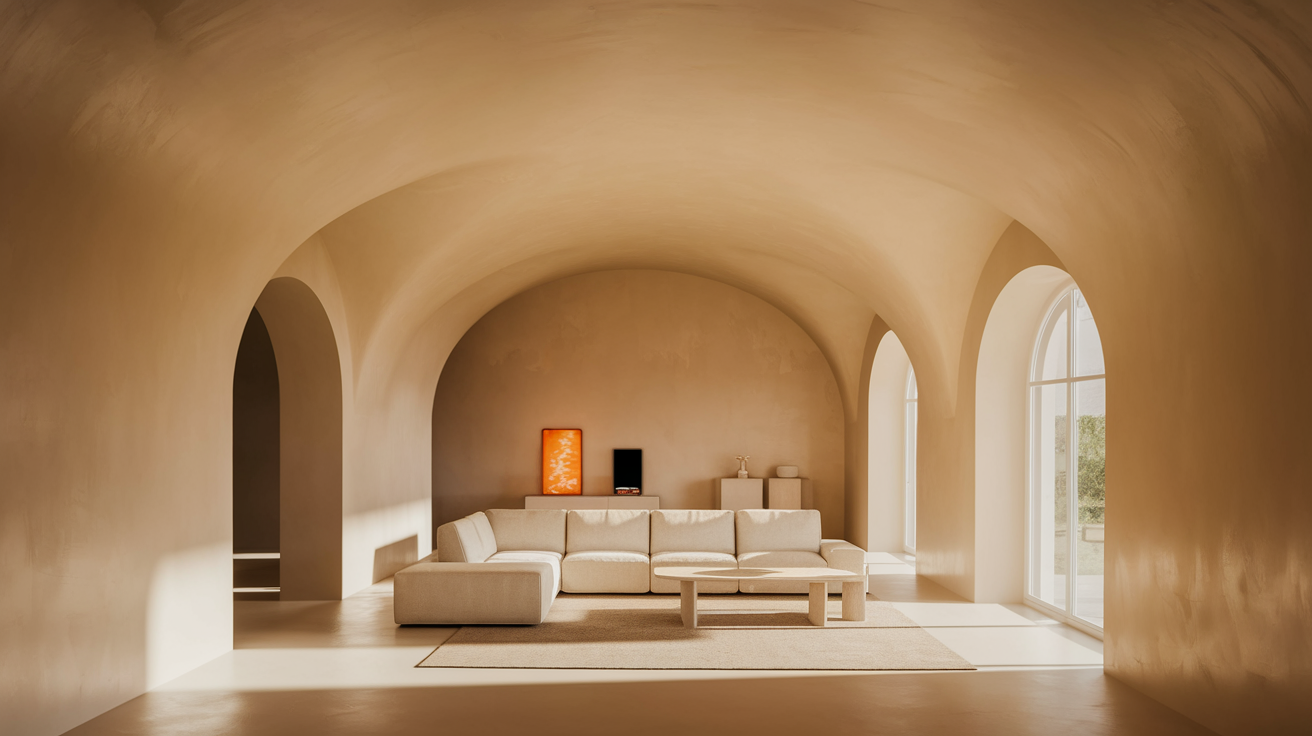
The matching ceiling and wall color trend has gained significant popularity in recent years for good reasons.
Homeowners and designers have liked this approach because it offers a modern alternative to the traditional white ceiling standard that dominated interior design for decades.
Many people find that same-color ceilings and walls create a more current, fresh look in their homes. The technique gives rooms a custom-designed feel that stands out from standard approaches.
This method works particularly well in contemporary homes where clean lines and cohesive spaces are valued.
Pros of Painting Ceiling the Same Color as the Walls
Choosing to paint your ceiling the same color as your walls has become a popular design choice in modern homes.
This approach offers several benefits that can make a space feel more symmetric and visually appealing.
Here are the key Advantages
- Creates a Unified Space: A single color throughout walls and ceiling makes a room feel more put-together and flowing without visual breaks.
- Makes Rooms Appear Larger: Removing the color division between walls and ceiling erases boundaries that can make spaces feel confined.
- Hides Imperfections: A consistent color helps mask texture problems, uneven spots, or repair patches on the ceiling surface.
- Simplifies the Painting Process: Using one color means fewer decisions, less tape work, and simpler supplies buying.
- Reduces Stark Contrast: Without the typical white ceiling cutoff, rooms feel less chopped up and more harmonious.
- Works Well in Smaller Rooms: A matching ceiling color can create a cozy, warm feeling in compact spaces.
- Saves Money on Paint: Buying more of one color often costs less than purchasing separate colors in smaller amounts.
- Makes Touch-Ups Easier: With just one shade to match, fixing marks or scuffs becomes much simpler over time.
- Provides a Clean Backdrop: A uniform color scheme lets your furniture and decorations become the focal points.
- Can Make Low Ceilings Feel Taller: When using lighter colors, the matching approach can create an illusion of height.
Cons of Painting Ceiling the Same Color as the Walls
While painting ceilings and walls the same color has its advantages, this approach isn’t ideal for every space or design goal.
Before choosing this option, consider these potential drawbacks that might affect your final results.
Here are the Main Disadvantages:
- Can Make a Room Feel Smaller: In larger rooms, matching colors might create a box-like effect that makes the space feel confined rather than open.
- Reduces Architectural Interest: Distinctive ceiling details or crown molding may lose their visual impact when everything is the same color.
- Limits Design Flexibility: A uniform color scheme gives you fewer options to create visual contrast or accent different areas.
- May Darken the Space: Without a lighter ceiling to reflect light downward, rooms can feel darker, especially with medium to dark wall colors.
- Shows Ceiling Imperfections: With darker colors, flaws in ceiling texture or drywall work might become more noticeable, not less.
- Creates Maintenance Challenges: When the time comes to repaint, painting both the ceiling and the walls means more work than refreshing the walls alone.
- Might Feel Too Bold: For some spaces, particularly with vibrant colors, the all-over effect can feel overwhelming or too intense.
- Could Affect Resale Value: Some potential buyers prefer traditional white ceilings and might view matching colors as a future project.
- Requires More Skill to Execute: Painting ceilings properly takes practice, and mistakes are more noticeable with non-white colors.
- Makes Lighting Choices More Critical: With matching colors, proper lighting becomes even more important to avoid a cave-like feeling.
Alternative Paint Options to Choose From
For those who want something different than matching walls and ceilings but still crave a balanced look, several alternative painting approaches can create beautiful effects.
These options offer various ways to play with color while avoiding the potential downsides of fully matching surfaces.
Here are some popular alternatives to consider for your next painting project:
1. Monochromatic Variation
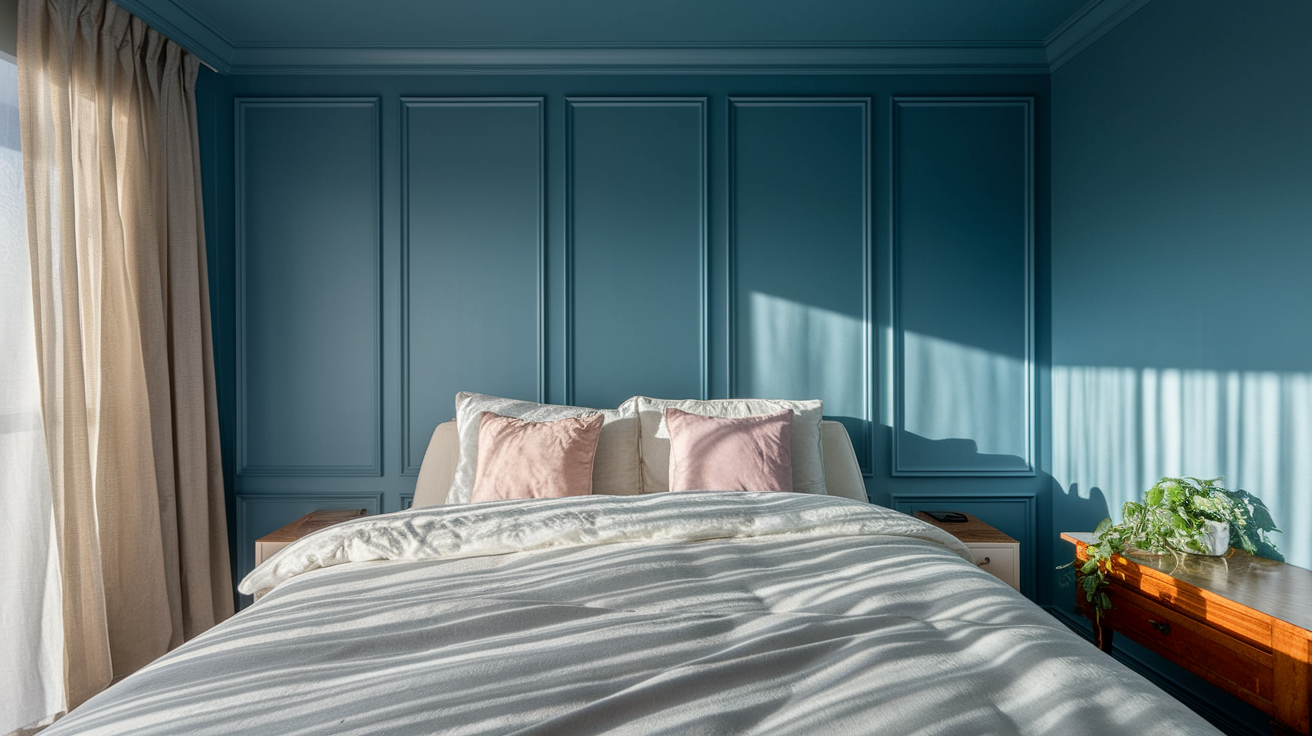
Using the same color family but in different shades creates subtle depth. For example, paint walls in a medium blue and the ceiling in a lighter version of the same blue.
This maintains color harmony while adding visual interest and keeping the ceiling feeling open and airy.
2. Complementary Colors
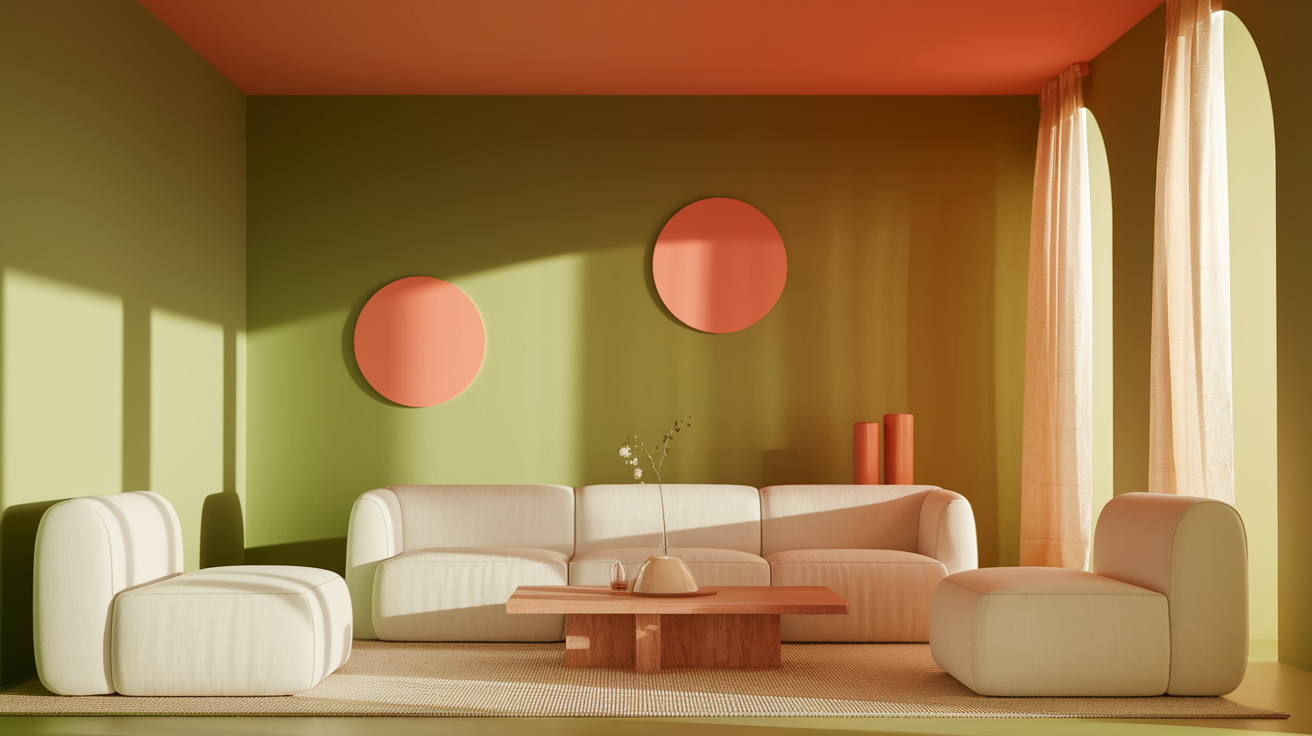
Pairing colors from opposite sides of the color wheel can create a balanced, eye-catching look. A soft green wall with a pale coral ceiling, for instance, adds unexpected charm to a room.
This works well in spaces where you want to create distinct zones without using furniture or dividers.
3. Accent Ceiling
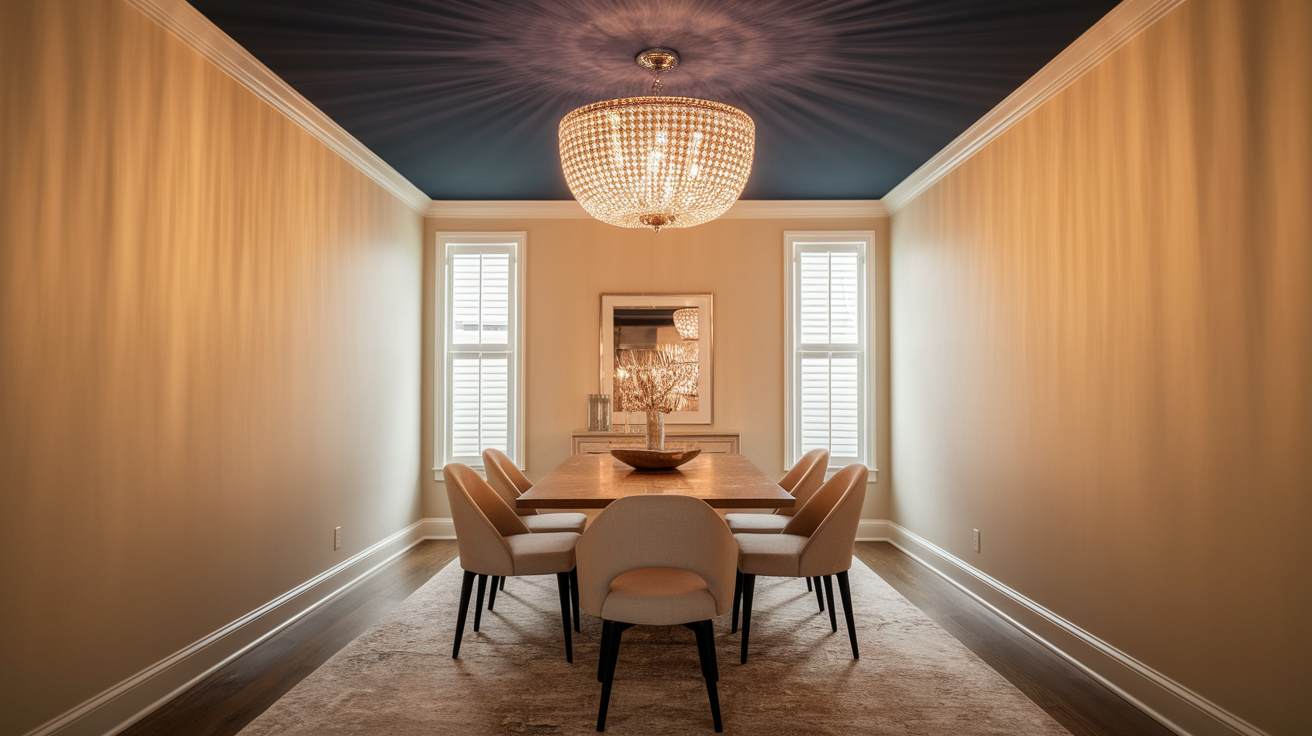
Make the ceiling the star by painting it a bolder color while keeping the walls neutral. This “fifth wall” approach draws the eye upward and can make a room feel taller.
It works especially well in dining rooms or bedrooms where people often look up while relaxing or entertaining.
4. Two-Thirds Rule
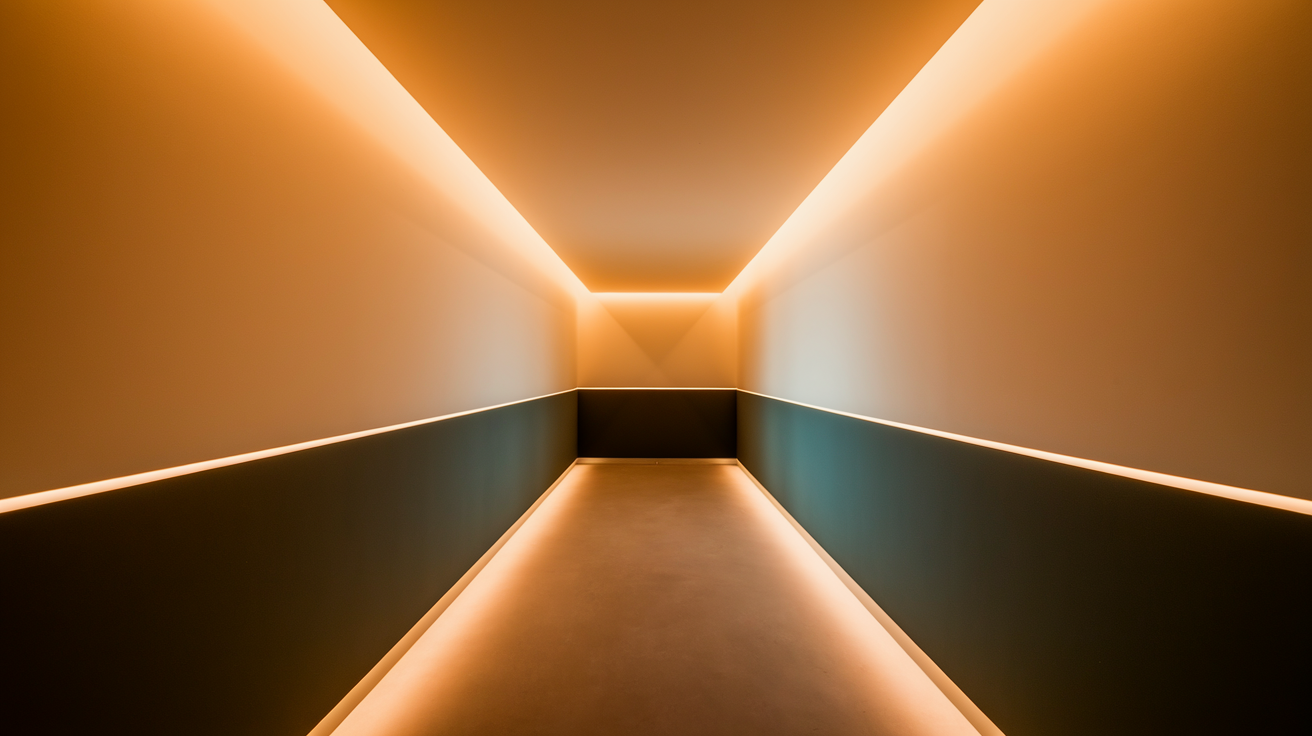
Paint two-thirds of the wall height and the ceiling the same color, with the lower portion in a contrasting shade. This creates the effect of a higher ceiling while still allowing for color contrast.
The technique works wonderfully in rooms with lower ceilings or narrow spaces.
5. Pattern or Texture
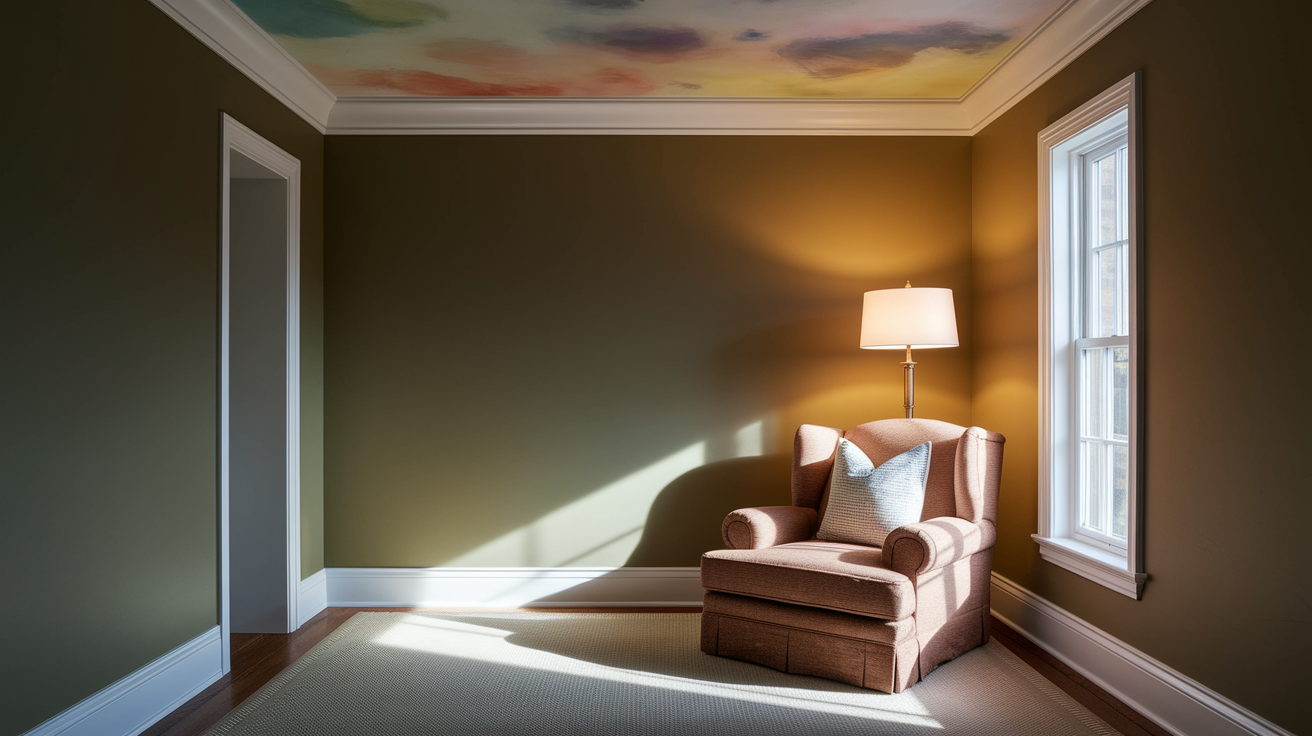
Add visual interest with subtle patterns or textured paint effects on the ceiling while keeping the walls solid.
Options like color washing, rag rolling, or even simple stripes can make a ceiling special without committing to a bold solid color throughout the entire room.
How to Pick the Right Finish
Paint finish refers to the amount of shine or gloss in the paint once it dries. The finish you choose affects not only how your walls and ceiling look but also how they perform over time.
Different finishes reflect light in unique ways, which can change how colors appear and how spacious a room feels. Some finishes hide flaws better, while others are easier to clean.
Picking the right finish is just as important as selecting the perfect color, especially when painting ceilings and walls the same shade.
Here are the main paint finishes available, each with specific benefits for different parts of your home.
| Finish Type | Best For | Benefits | Drawbacks |
|---|---|---|---|
| Flat/Matte | Ceilings, low-traffic areas, adult bedrooms | Hides surface flaws well, no glare, rich color depth | Hard to clean, marks easily |
| Eggshell | Living rooms, dining rooms, hallways | Subtle glow, is more washable than flat, good color | Less durable in high-moisture areas |
| Satin | Family rooms, children’s bedrooms, kitchens | Soft sheen, fairly washable, good for moderate traffic | Shows application flaws, touch-ups noticeable |
| Semi-Gloss | Trim, doors, cabinets, bathrooms | Very durable, moisture-resistant, easy to clean | Highlights surface imperfections |
| High-Gloss | Furniture, trim, doors | Extremely washable, striking shine, very durable | Shows every flaw, difficult to apply evenly |
Wrapping It Up
Painting your ceiling the same color as your walls can be a great way to change the look of your room. This method works well in some spaces but may not suit every home.
Before making your choice, consider your room size, the amount of natural light, and how you use the space. If you opt for matching colors, select the right finish to get the best results.
For those who want something different, try alternative options like monochromatic variations or accent ceilings instead.
Remember that paint is not permanent, and you can always try a new approach if you don’t love the results.
The most important thing is to pick a color scheme that makes you happy every time you walk into the room.

